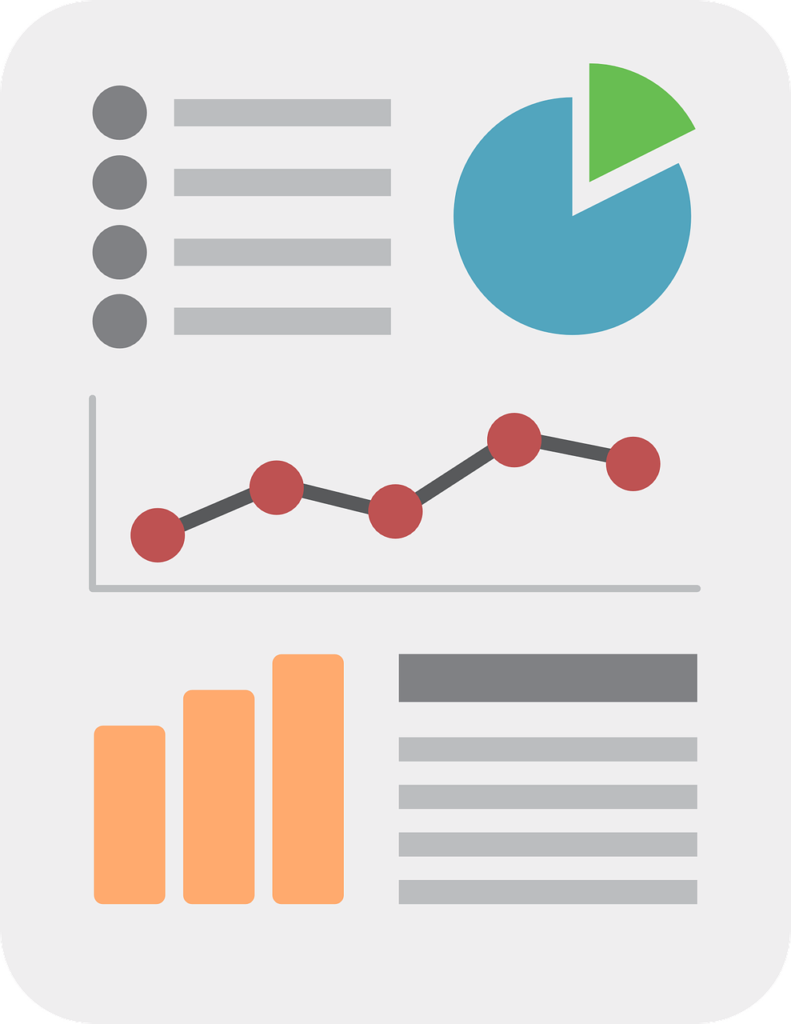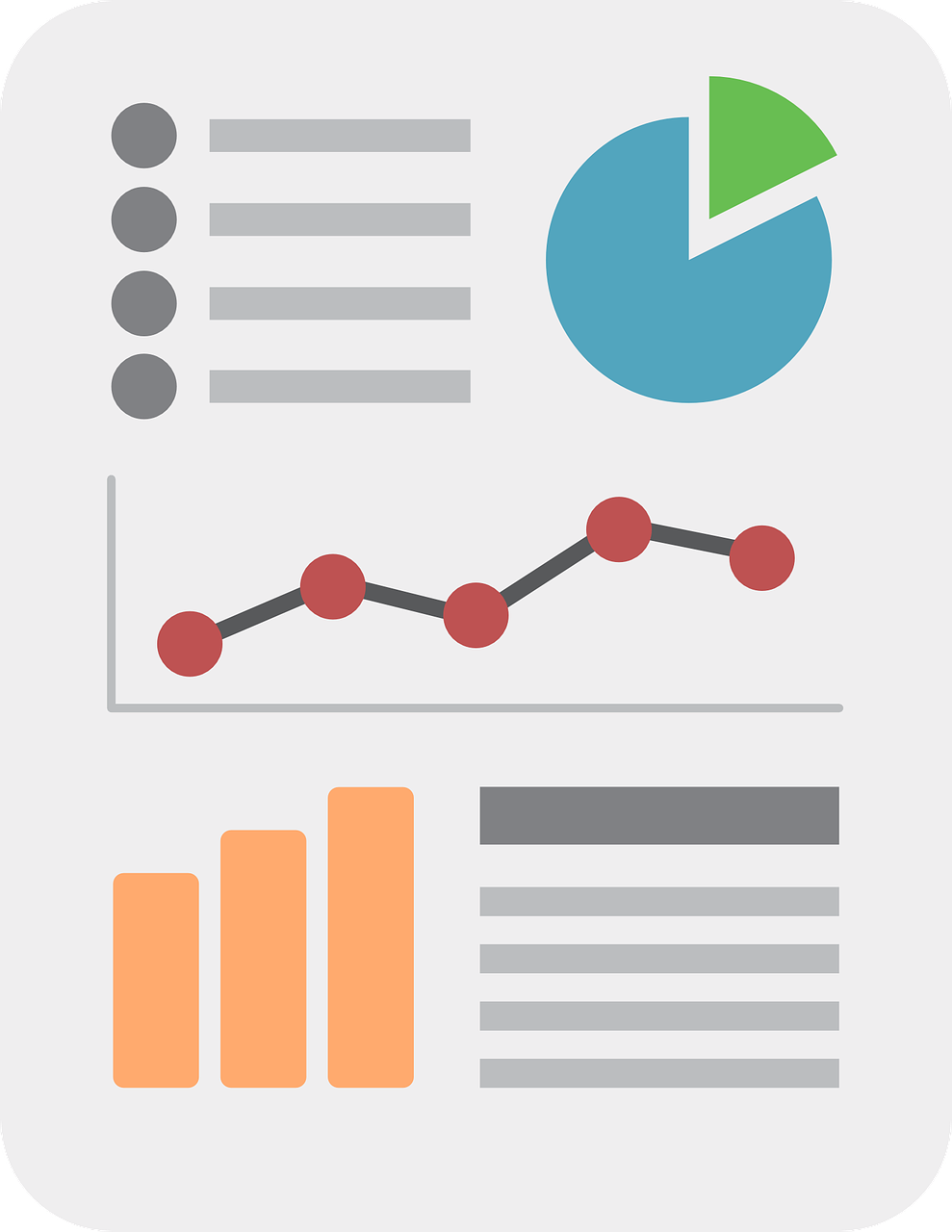
As we move into 2025, data science continues to evolve, shaping the way businesses operate and make decisions. With advancements in technology and an increasing reliance on data-driven strategies, it’s essential to stay updated on the latest trends. Here are the top data science trends to watch in 2025:
1. Generative AI and Advanced Machine Learning Models
Generative AI has taken center stage in recent years, and its influence will only grow in 2025. Models like ChatGPT and GEMINI have shown the power of creating content, art, and more with minimal human intervention. Businesses are leveraging these tools for personalized customer experiences, content generation, and creative problem-solving.
Enhanced applications in content creation and design.
Improved natural language processing (NLP) for customer service automation.
Integration with business intelligence tools for decision-making.
Key Highlights:
Enhanced applications in content creation and design.
Improved natural language processing (NLP) for customer service automation.
Integration with business intelligence tools for decision-making.
2. Increased Focus on Data Privacy and Ethics
As data collection becomes more pervasive, so does the need for ethical practices. In 2025, we expect stricter regulations and an increased focus on transparency in data usage. Ethical AI will play a significant role in maintaining consumer trust.
Trends:
Growth of explainable AI (XAI) to enhance transparency.
Implementation of privacy-first data collection methods.
Companies adopting frameworks for ethical AI and machine learning.
3. Edge Computing for Real-Time Analytics
The rise of IoT and 5G technology has made edge computing a game-changer for real-time data analysis. Processing data closer to its source reduces latency and enables faster decision-making.
Applications:
Autonomous vehicles processing data in real-time.
Smart cities leveraging edge computing for infrastructure optimization.
Healthcare devices offering instant diagnostics and monitoring.
4. Expansion of Quantum Computing in Data Science
Quantum computing is gradually moving from theory to practical applications. In 2025, expect more breakthroughs in quantum algorithms for data analysis, optimization, and cryptography.
Future Outlook:
Improved ability to solve complex optimization problems.
Enhanced machine learning model training.
Revolutionizing industries like finance, logistics, and healthcare.
5. Hyper-Automation with AI and Data Science
Hyper-automation combines AI, machine learning, and robotic process automation (RPA) to automate business processes end-to-end. This trend will streamline operations and reduce costs across industries
Examples:
Automated customer onboarding processes.
Predictive maintenance in manufacturing.
AI-driven supply chain management.
6. Emphasis on Data Literacy and Upskilling
As data science tools become more accessible, organizations are prioritizing data literacy for their workforce. Upskilling initiatives will empower employees to understand and use data effectively.
Strategies:
Offering in-house data science training programs.
Partnering with educational platforms for certification courses.
Encouraging a data-driven culture within organizations.

2 thoughts on “Data Science Trends to Watch in 2025”